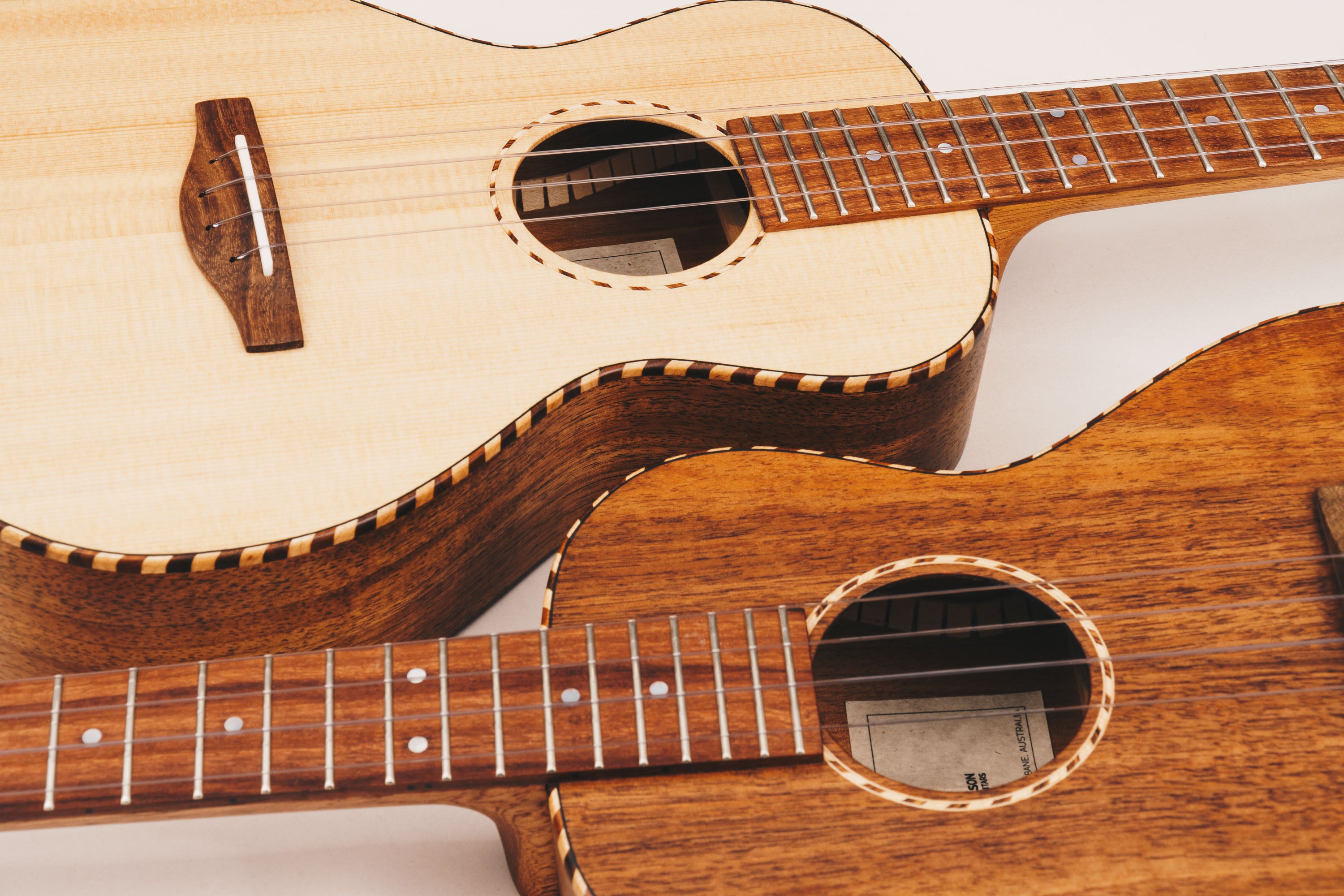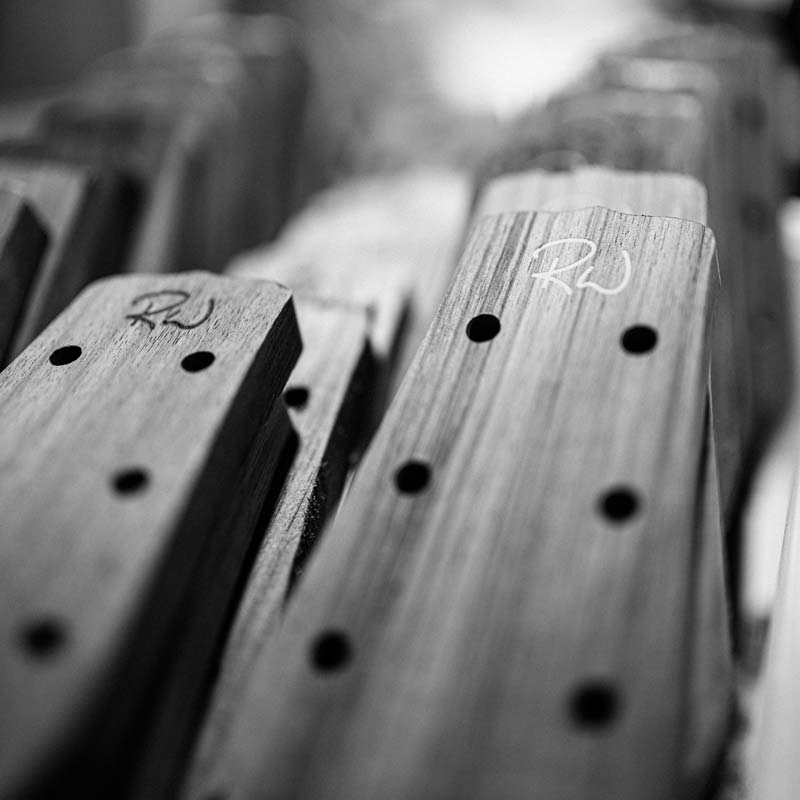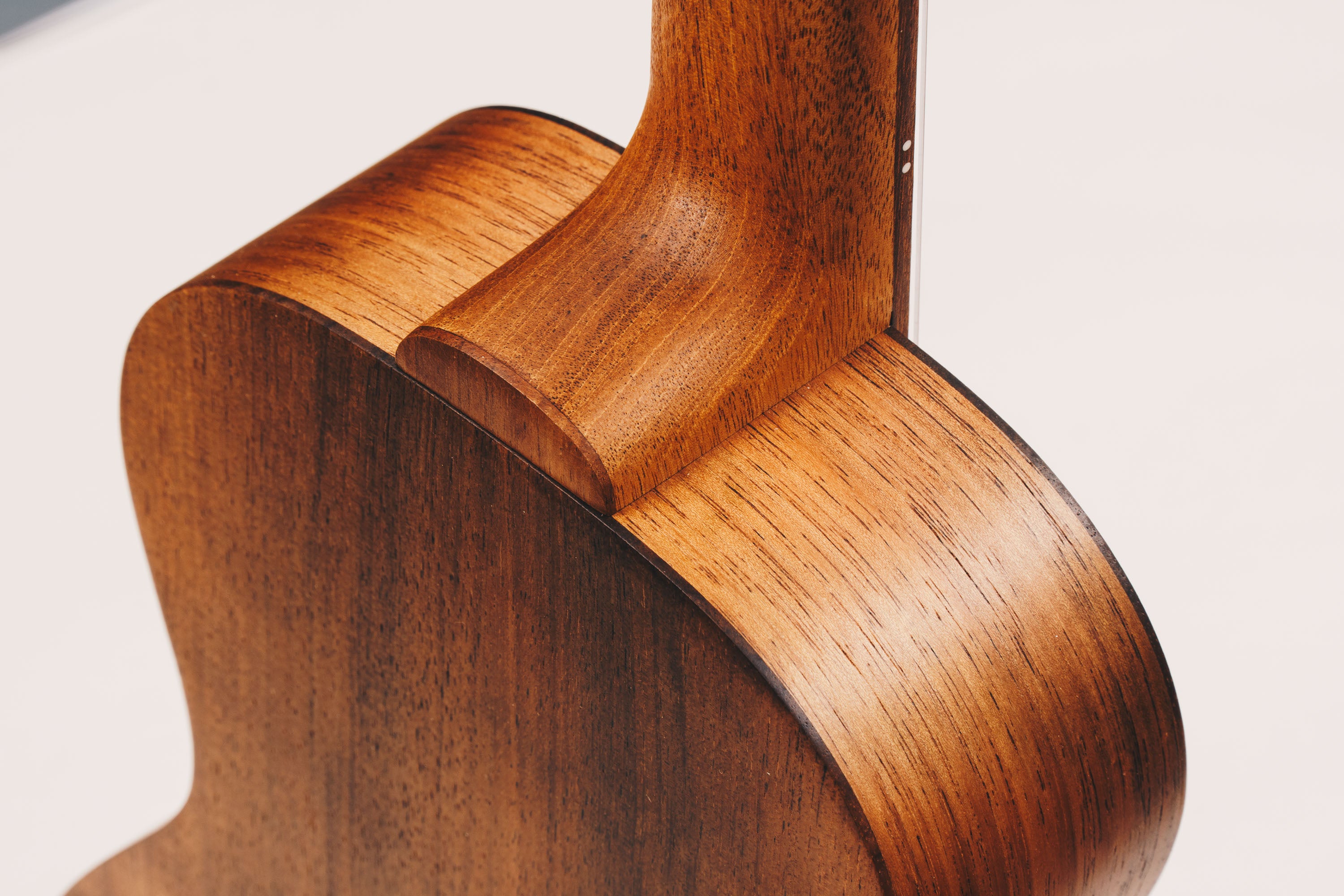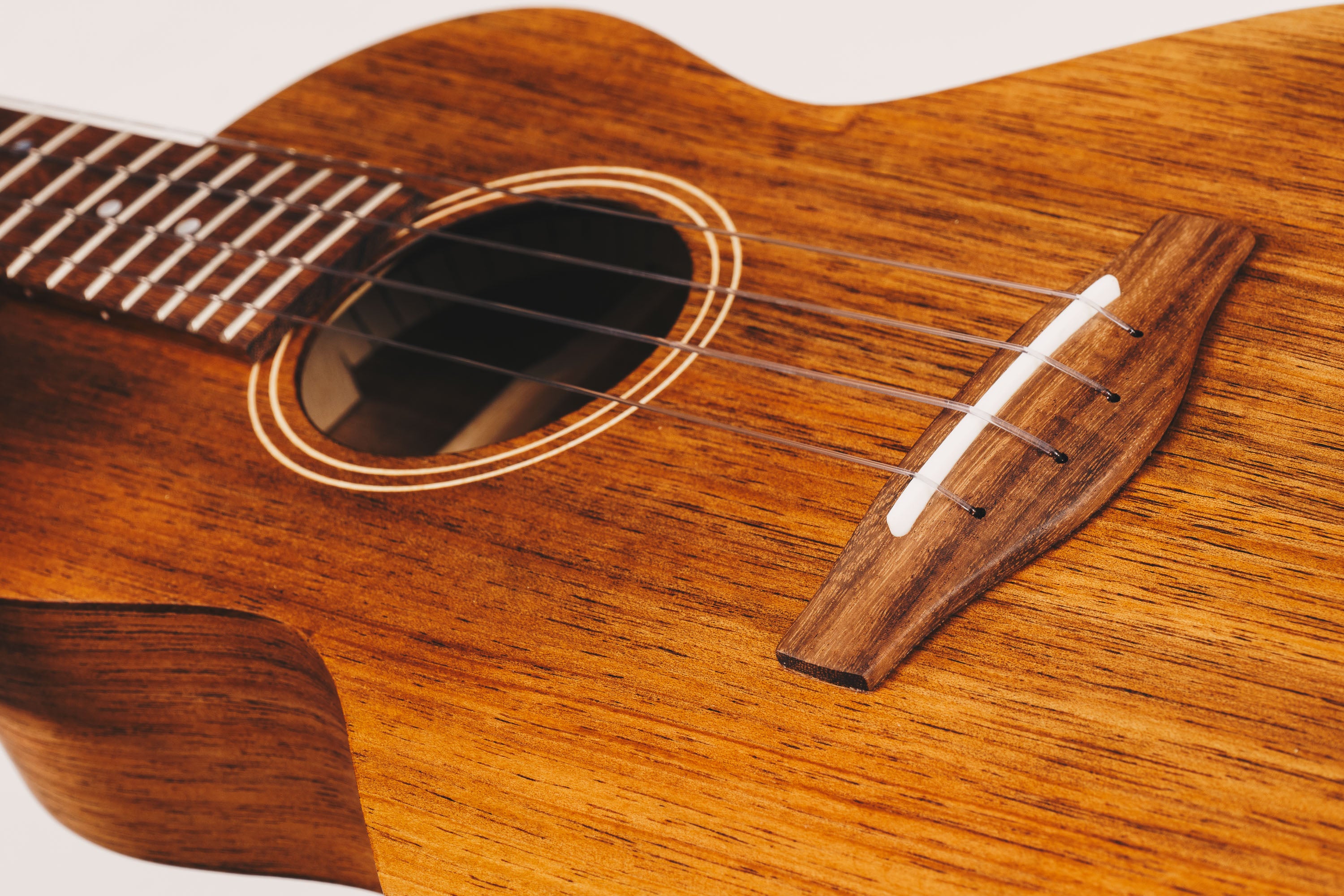Understanding Action on a Ukulele: A Comprehensive Guide To Perfect Playability
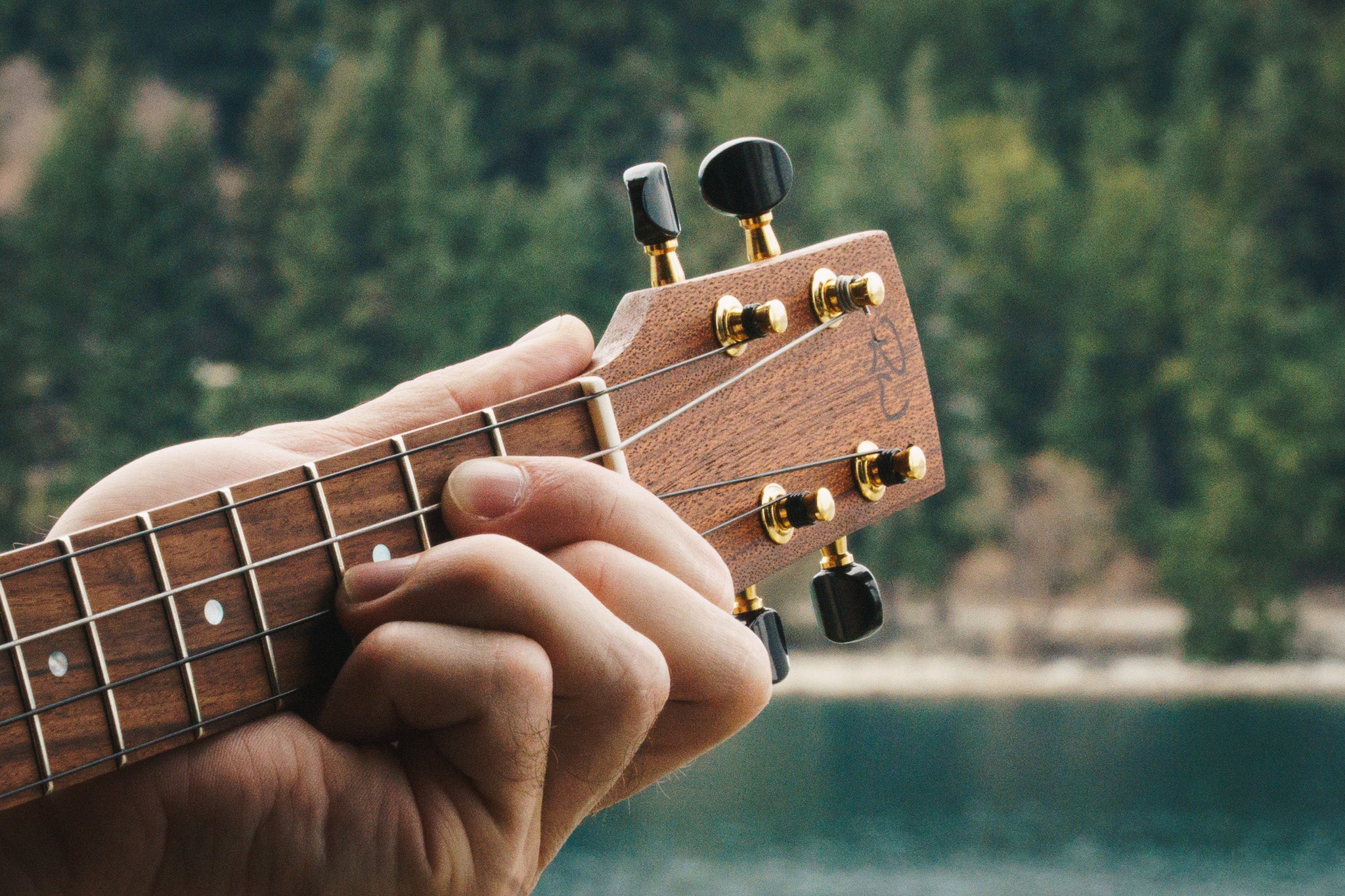
In the world of ukuleles, action is a technical term that refers to the distance between the strings and the fretted fingerboard, and is a pivotal mesurement for defining the character and comfort of your ukulele experience.
A low action refers to strings that are very close to the fingerboard, while a high action refers to strings that are further away.
Ukulele action, playability and tone
The lower the action, the easier it is for a player to press strings to the fingerboard to form chords or play notes. Too low, or on a fingerboard that has not been expertly levelled, and the strings will cause buzzing or other undesired sounds as a player moves up and down to different positions on the neck.
The perfect ukulele action
For most ukuleles, there's two numbers that should be measured and finely calibrated: the 1st and 12th frets.
- 1st Fret: On my ukuleles I like to have a gap between the bottom of the string and the top of the fret of about 0.5mm.
- 12th Fret: On my ukuleles the bottom of the string and the top of the fret should be about 2.5mm.
For most playing styles, I find that these two figures will ensure clarity of notes without buzz. This balance offers a buttery-smooth playing feel, allowing for expressive and effortless performance whether delicately fingerpicking, or heavily strumming.
Ukulele design and its role in action and playability
The neck's angle against the body of the ukulele is the most important place that the action of a ukulele is set. Though fine-tuning takes place later with nut and saddle adjustments, the angle of the neck sets the ukulele's fundamental geometry. And there's no getting around a badly set neck.
This precision alignment is critical in handcrafted ukuleles; an expertly crafted ukulele will have it action dictated during construction, and be able to withstand decades of playing without playability diminishing.
A poorly designed ukulele may never be able to be setup with the optimal action without costly repairs, and you see this time and time again, even with ukuleles priced in the thousands.
Some ukuleles feature a perfectly flat neck, though my design calls for a slightly angled neck, bringing the strings in at the perfect angle to a lower, organic bridge that has been designed in tandem with my unique, voiced bracing pattern.
In addition to the neck's angle, the fingerboard should be perfectly flat from end to end, and the frets should likewise be dressed so that they are consistently flat. These are steps that are often skipped over on ukuleles, but can make all the difference on the final instrument.
Dialling in the perfect action with the nut and saddle
The nut and saddle refers to the small piece of bone (or similar material) that the strings rest on. The nut is a small slotted block at the end closest to the tuning pegs, while the saddle is set into the bridge in the centre of the ukulele's body.
Both of these components need to be meticulously crafted to the optimal height to set the strings with the ideal action at either end.
I individually shape each nuts and saddle on each ukulele to ensure an absolutely perfect fit with optimal action and string spacing.
Carbon fibre reinforcement for longevity and stiffness
Neck reinforcement are often not crucial on smaller ukuleles such as Soprano, Concert and even Tenor, but can be a key component of larger ukuleles such as Baritone or Bass, where the increased scale length and string tension will exert stronger forces on the ukulele.
I offer carbon fibre neck reinforcement as an option on all sizes of ukuleles, with the feature standard on the larger models.
An expertly crafted ukulele should be effortless to play for a lifetime
Coupled with a perfectly flat fingerboard and correctly dressed frets, a finely crafted ukulele should be effortless to play and free from any buzz or off notes. It should also be able to withstand seasonal swings in humidity and temperature without ever affecting the playability or tone.
For me, it was crucial that my ukuleles were designed from the ground up so that each and every component interacts with the ukulele in harmony.
From the angle of the neck as set during the ukulele's construction, to the meticulously shaped nut and saddle during final setup, every detail of the ukulele's design and setup should contribute to an unparalleled playing experience based on exacting geometry.

